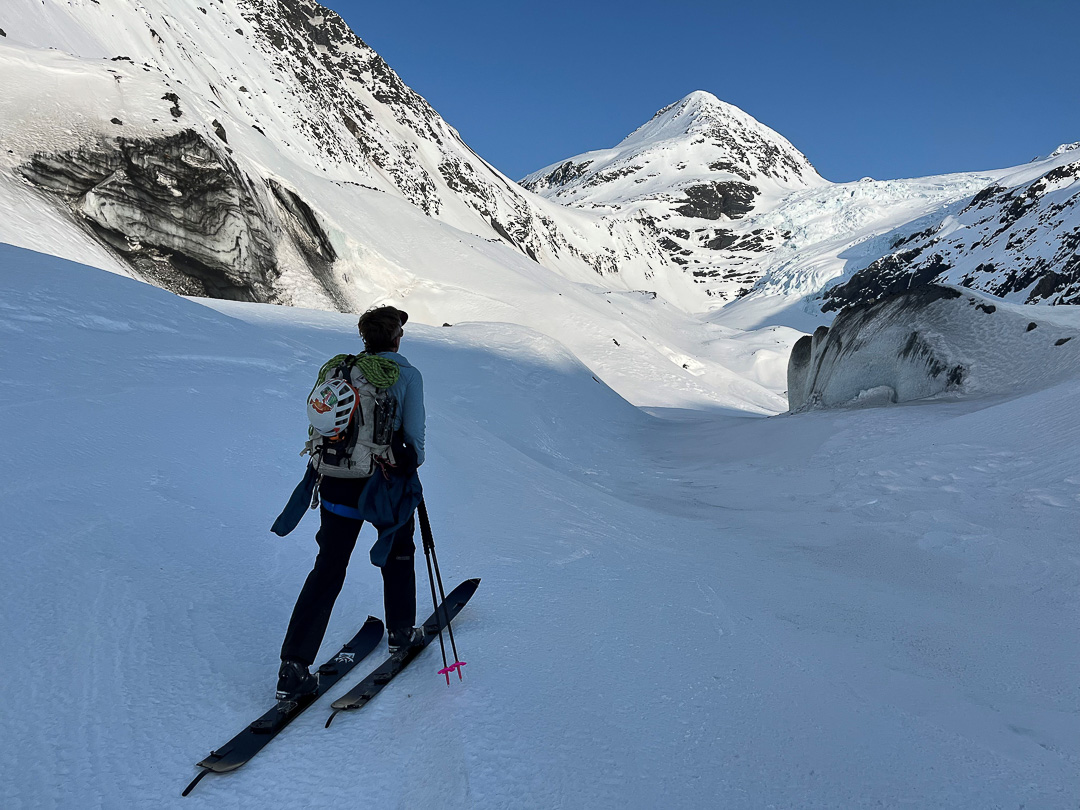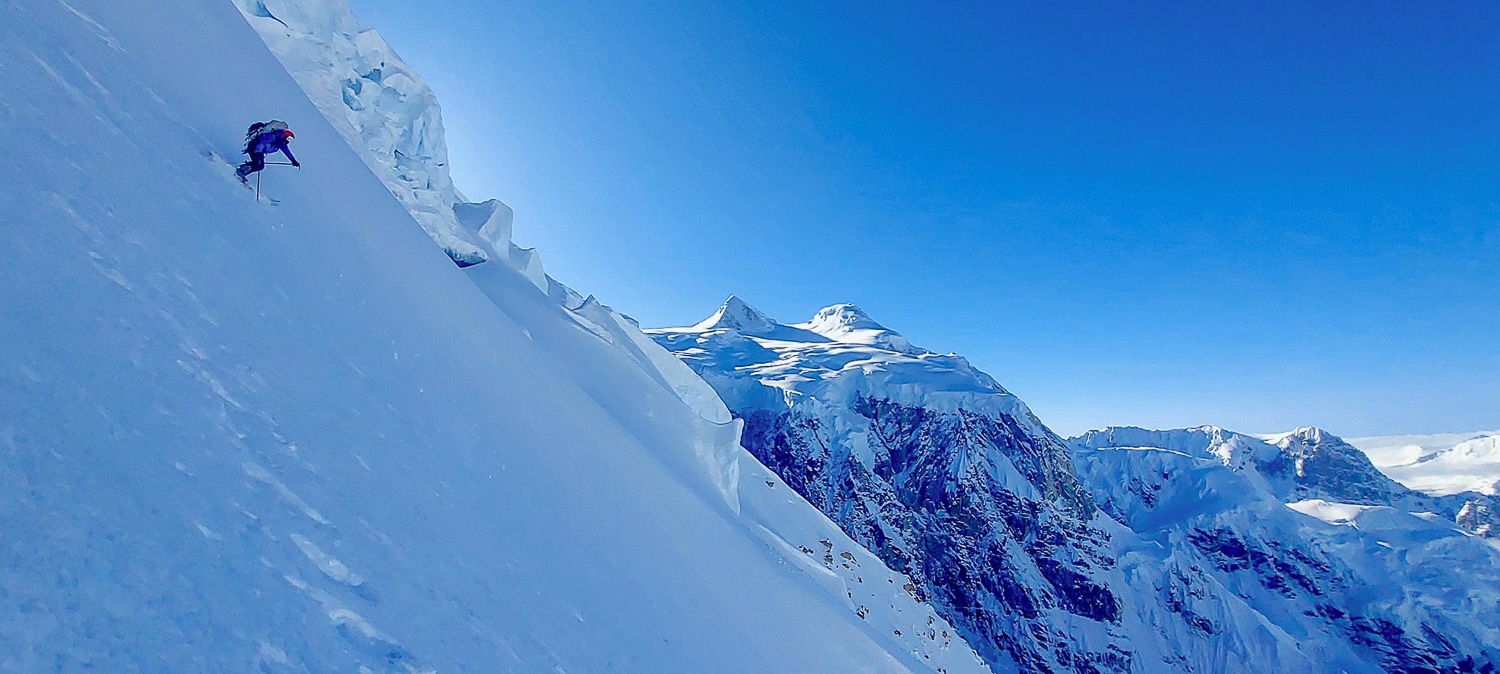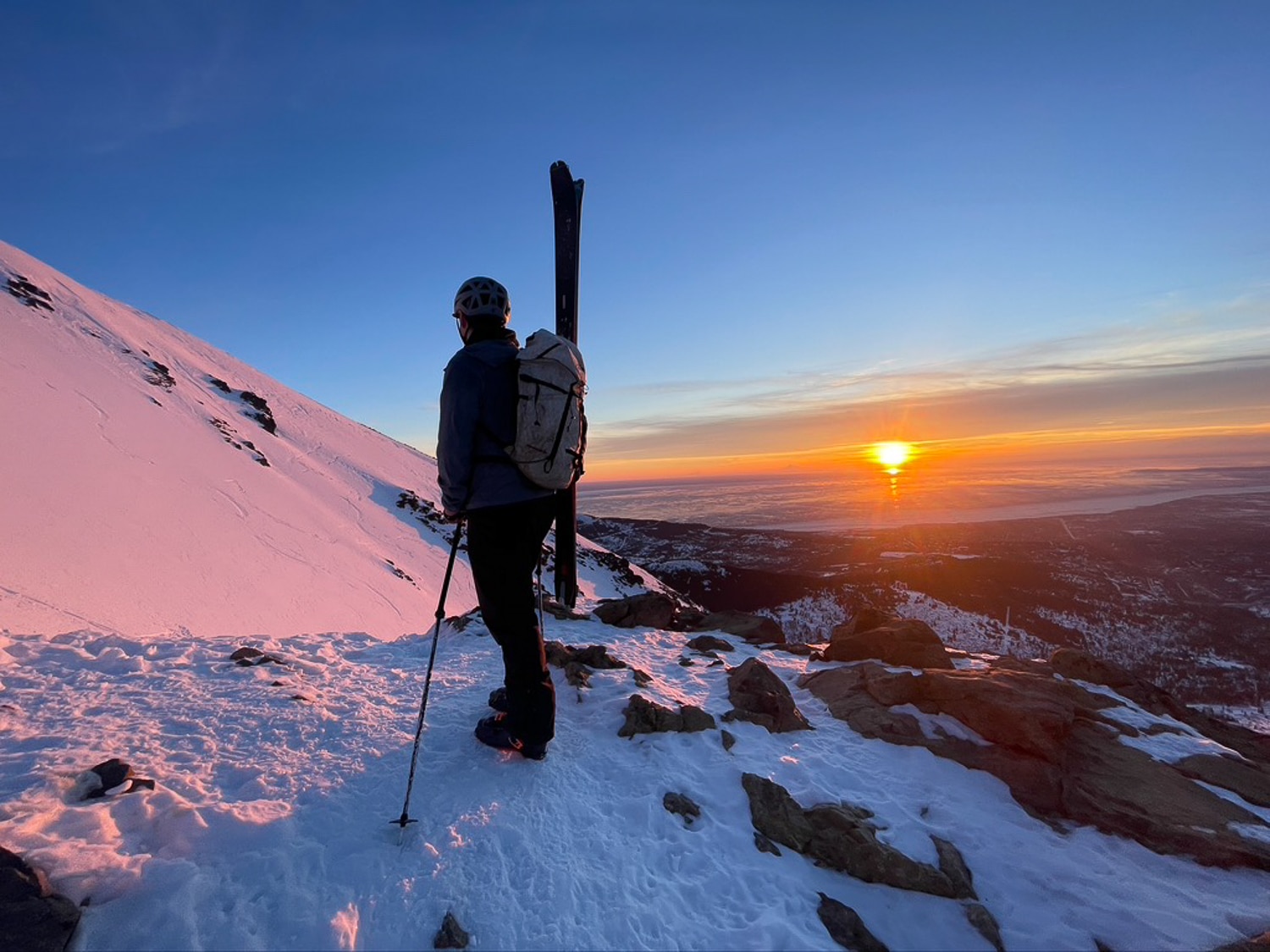The way splitboarders are using the backcountry is changing for those who have an open mind and are willing to think like, dare I say it, a skier. The ways of the past, carefully choosing tours with snowboard-friendly out tracks, jumping up small uphills, pushing with one foot, and double poling your snowboard on flats, are over, thanks to the popularization of tech ski boots and bindings, generally referred to as hardboot setups.
Before I moved to Alaska, I used to tour almost exclusively with skiers. My partners and I were going on longer tours that would bring us deep into the mountains of Southwest Montana. Initially, the splitboarders I knew were not into these types of tours because of the laborious approaches and frustrating exits in rolling terrain with softboots. I was once one of these soft boot splitboarders and shared these sentiments. But in 2016, I met a hardboot splitboarder that changed my perception of what is possible in the backcountry.
When I first started touring with Tom, the hardbooter mentioned above, I was touring on a soft boot Karakorum setup with Scarpa 6000 mountaineering boots. These boots are far from ideal in any condition aside from powder snow and…ascending 6000m peaks. Before this fateful day in the Bridger mountains outside Bozeman, MT, I had been slowly chipping away at buying the parts for a hardboot setup, intrigued by the possibilities this setup could open up. Watching him that first day, we skied together and rocked my world: he climbed effortlessly, descended, and split-skied out our exit track.
I went home that day and plunked down the last of my savings for the remainder of the necessary hardware to complete my setup. My life had forever changed.






Leave a Reply
You must be logged in to post a comment.